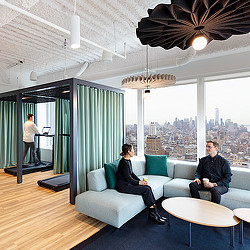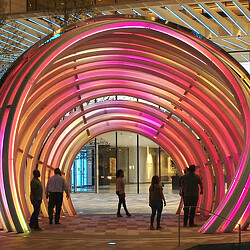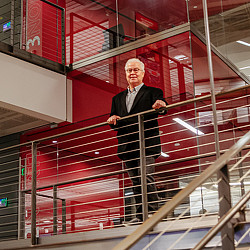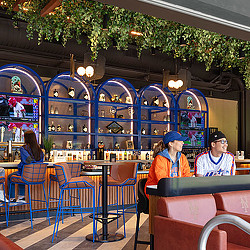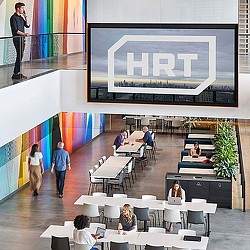Using Experience Strategy to Design What People Truly Want
Learning what people really want and factoring in their perspective throughout the design process makes for more effective, more popular spaces.
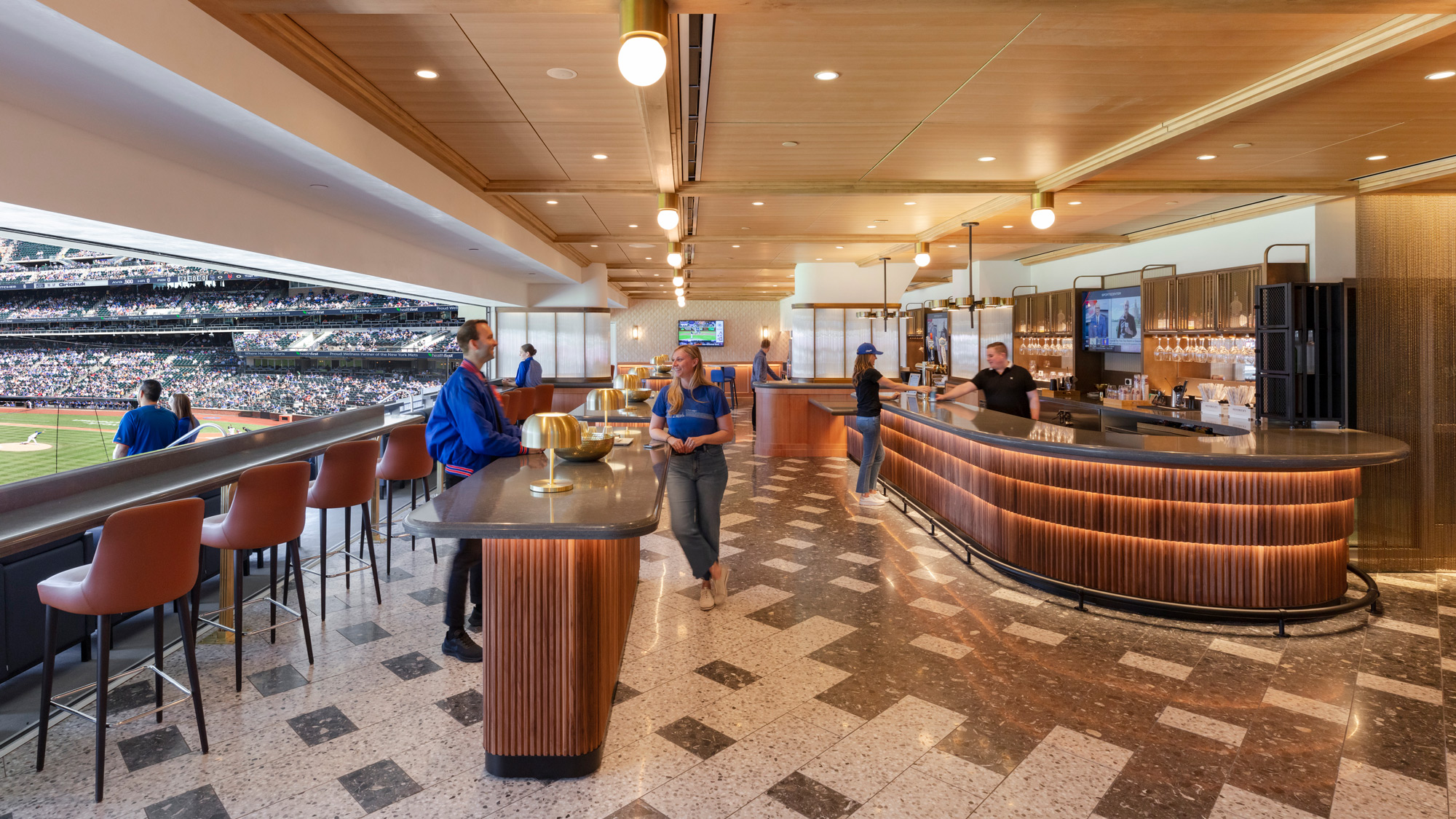
When an architect designs a single-family residence, the users of the future space sit across the table, describing what they need and want. For commercial properties, like mixed-use developments, offices, retail stores, or hotels, end users are further away — they can’t be involved in the design process in the same way. These users can be imagined, though, and through research, useful proxies can be developed. Creating these proxies and narrativizing their futures to improve the outcomes of design is a big part of Experience Strategy.
Any strategy is a plan. Designs are plans, too — a way to achieve a specific outcome, once or over and over. The design for a building yields a structure as close to the creator’s intentions as possible, given the limits of fabrication. A strategy, on the other hand, is a plan for achieving multiple viable outcomes — a set of parameters for design success.

What is Experience Strategy?
Suppose a design is needed for a new fleet of stores or an office building. With numerous approaches available, how can a client assess which possible design is the right one? And once a direction for design has been chosen, how can something that doesn’t yet exist be evaluated? Experience Strategy is one way to fill the gap, exploring what it could be like to shop or work in a future space. By vividly depicting potential users early in the design process — what they’ll do, and how the experience might make them feel — the resulting room, building, or campus is more likely to meet their needs. Ultimately, Experience Strategy adds additional perspective that compliments those of the clients/stakeholders and designers involved, to increase the odds of everyone with a stake in that future store or office getting what they’re looking for.
At Gensler, Experience Strategy is grounded in extensive research, conducted consistently and regularly. The Gensler Research Institute recently surveyed over 2,000 adults across the U.S., asking them about what experiences they choose to invest time and money into, and what they’re looking for in the future. We discovered trends that will impact how we design for human experience and improve our design process going forward.
Here’s a look at some of the findings in the forthcoming consumer experience report:
The New Easy
The best consumer experiences make people feel a sense of satisfaction and comfort. “Relaxed” and “excited” are the next most popular responses, with around a third of respondents opting for one or the other (or both).
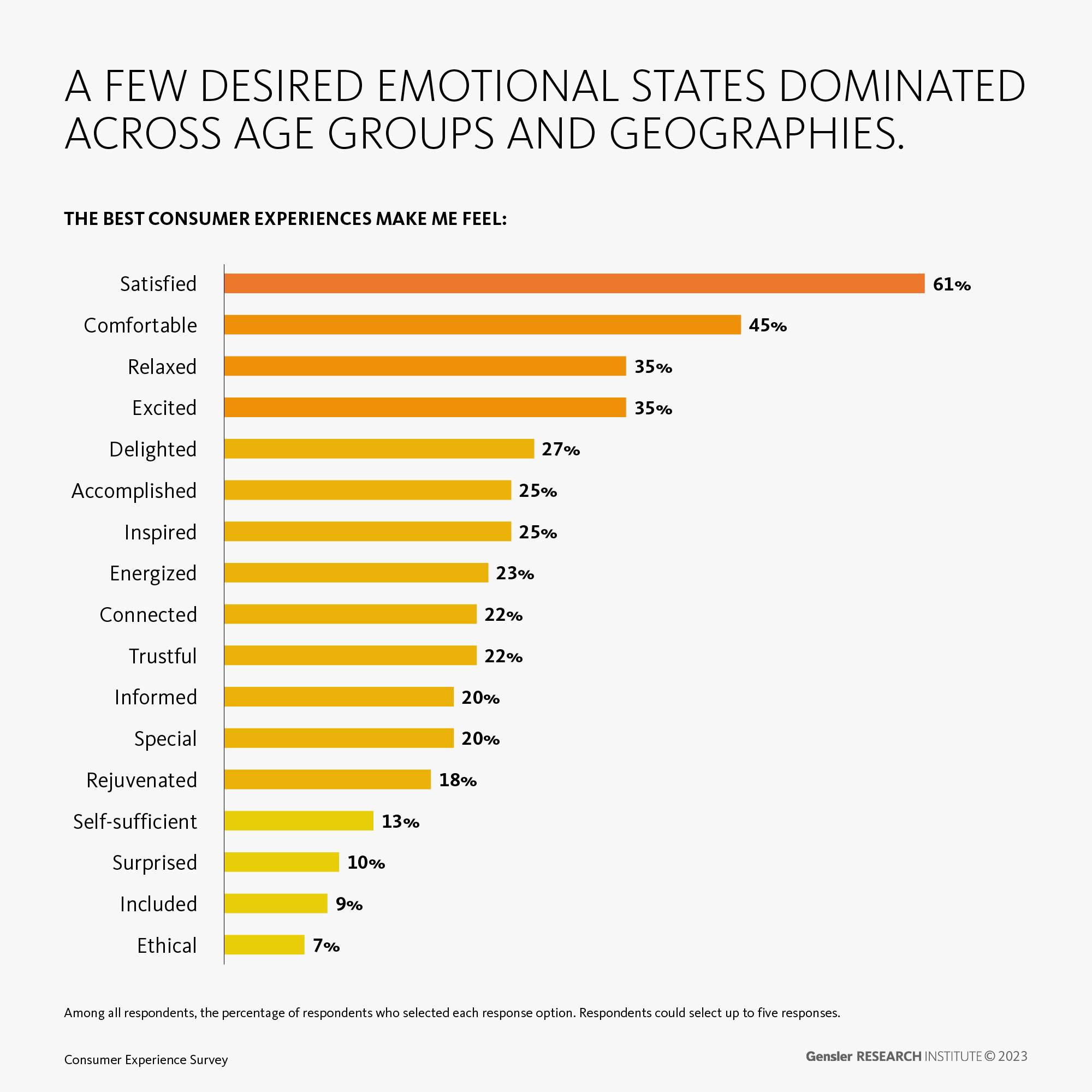
In a world that keeps presenting previously unimaginable stressors where people also frequently self-report shorter voluntary attention spans, designing for satisfaction and comfort may look different than it has in the past. Imagine airport lounges that look and feel less like living rooms and more like spas, or even temples. What might it mean for future amusement parks when people value relaxation and excitement in equal measure?
A Shift in What’s “Worth it”
Peoples’ assessment of what makes an experience worth money, effort, and time has always been driven by financial and emotional considerations. Post-pandemic, “we”-focused choices for enjoyment (travel, dining, or entertainment with friends and/or family) have overtaken or equaled more “me”-oriented spending (on clothing, for example, or home improvement).
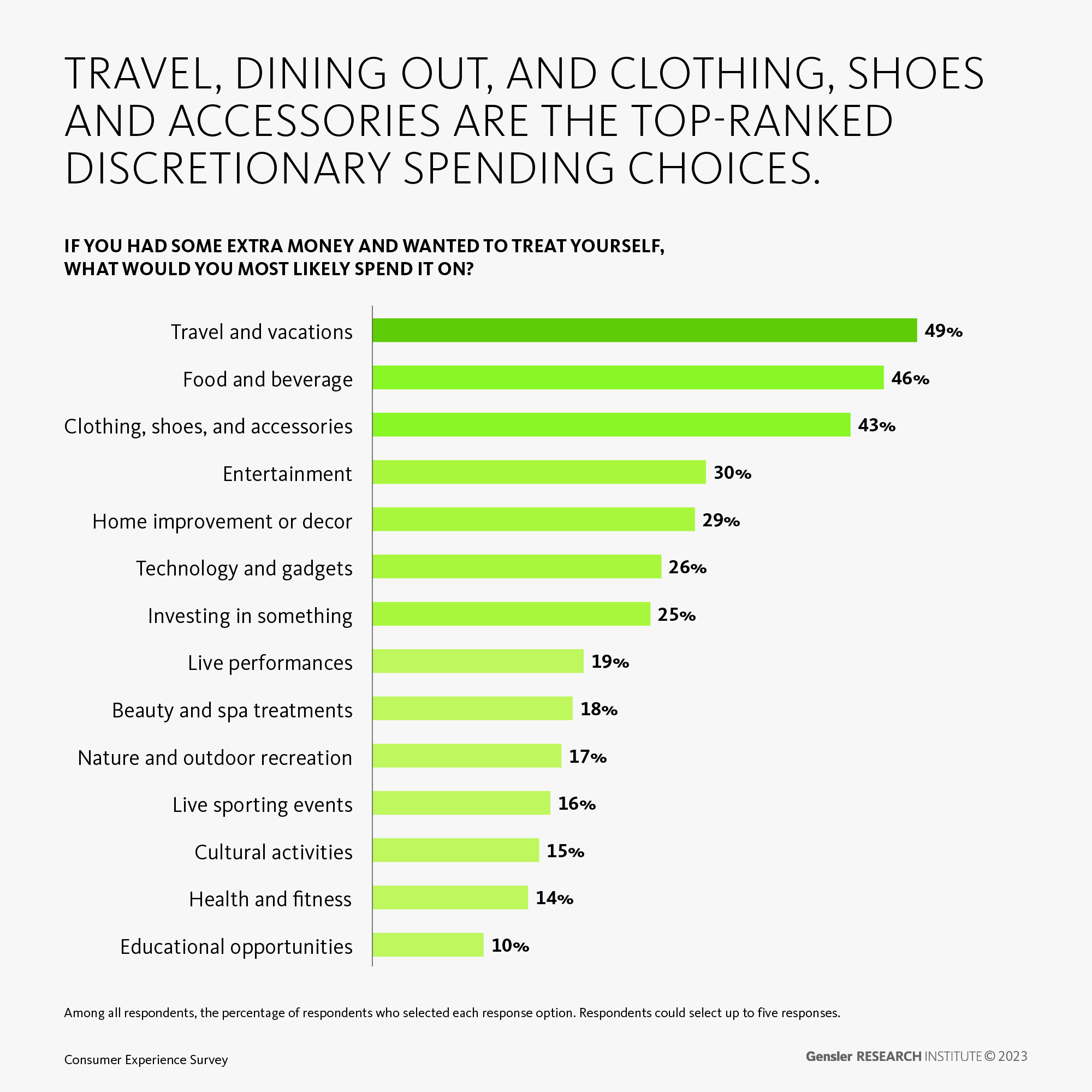
Combined with a shopping behavior shift in the U.S. toward e-commerce that hasn’t shown signs of reversing, this could mean that we’ll see more stores designed intentionally as social experiences, or further consolidation of retail property portfolios.
Getting Personal Right
In our survey, people rarely reported being able to personalize an experience as particularly important — only 12% preferred brands that prioritize personalization, as opposed to 65% who reported valuing high quality, and 59% seeking value for money.
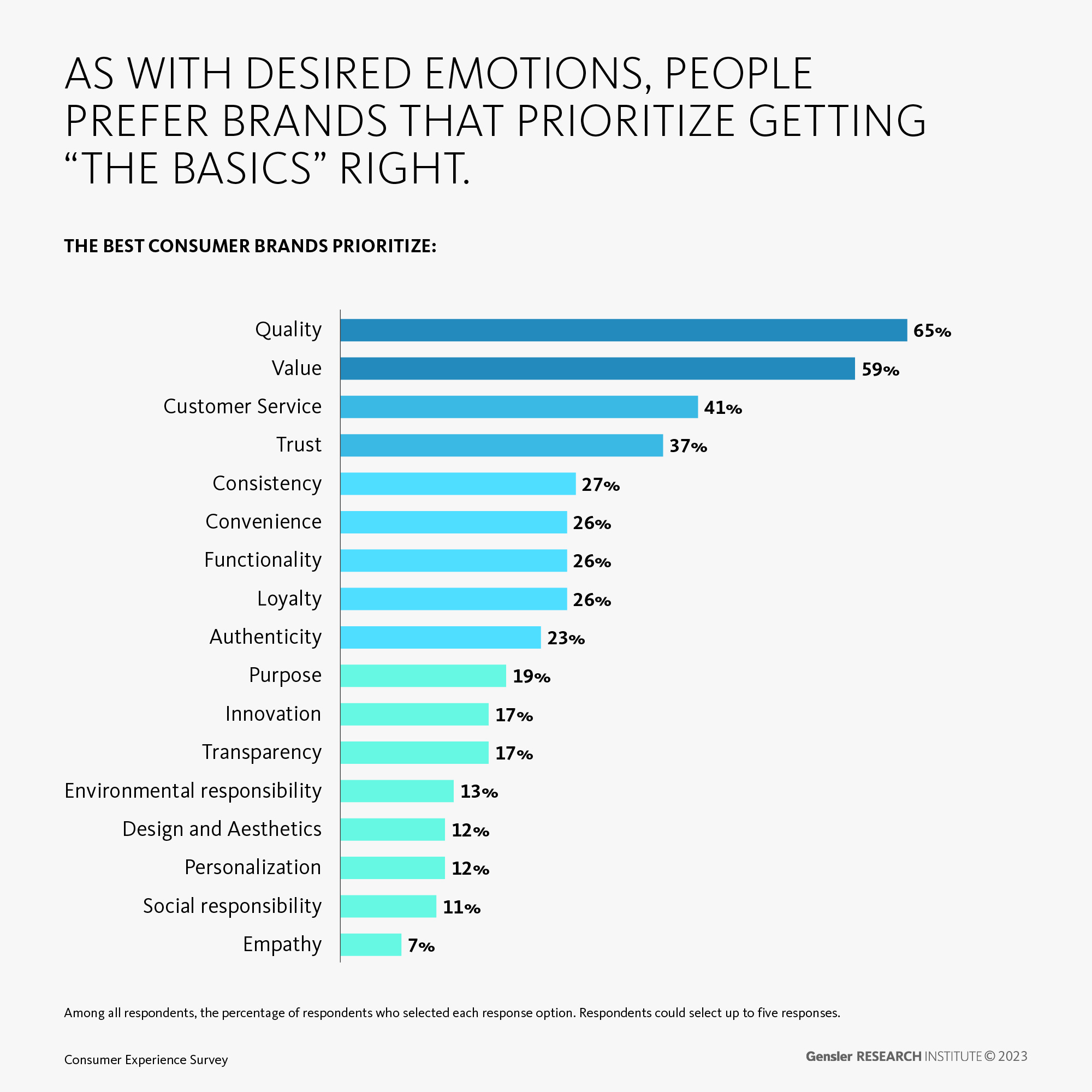
The truth behind this finding may lie in the fact that in mass consumer experiences overall, due to privacy concerns or tech integration issues, personalization hasn’t been very successful — yet. It’s possible that AI’s capacity to bring conversational human-like intelligence to personal devices or the “edges” of commercial experiences could change the equation. You might not want the grocery store credit card reader to suggest a recipe, but a self-checkout AI assistant asking if you meant to not buy coffee this week might be nice.
The Future of Experiential Data
Survey learnings are valuable, but they’re not a silver bullet for any given design problem. Bias is difficult to avoid, and when self-reported, surveys can suffer reliability issues. Gensler is working at the forefront of gathering data about what people want and do without these limitations, focusing on things like autonomously capturing footfall or dwell time (how much time consumers spend in a space) and correlating digital activity with in-person behavior for workplace and retail clients.
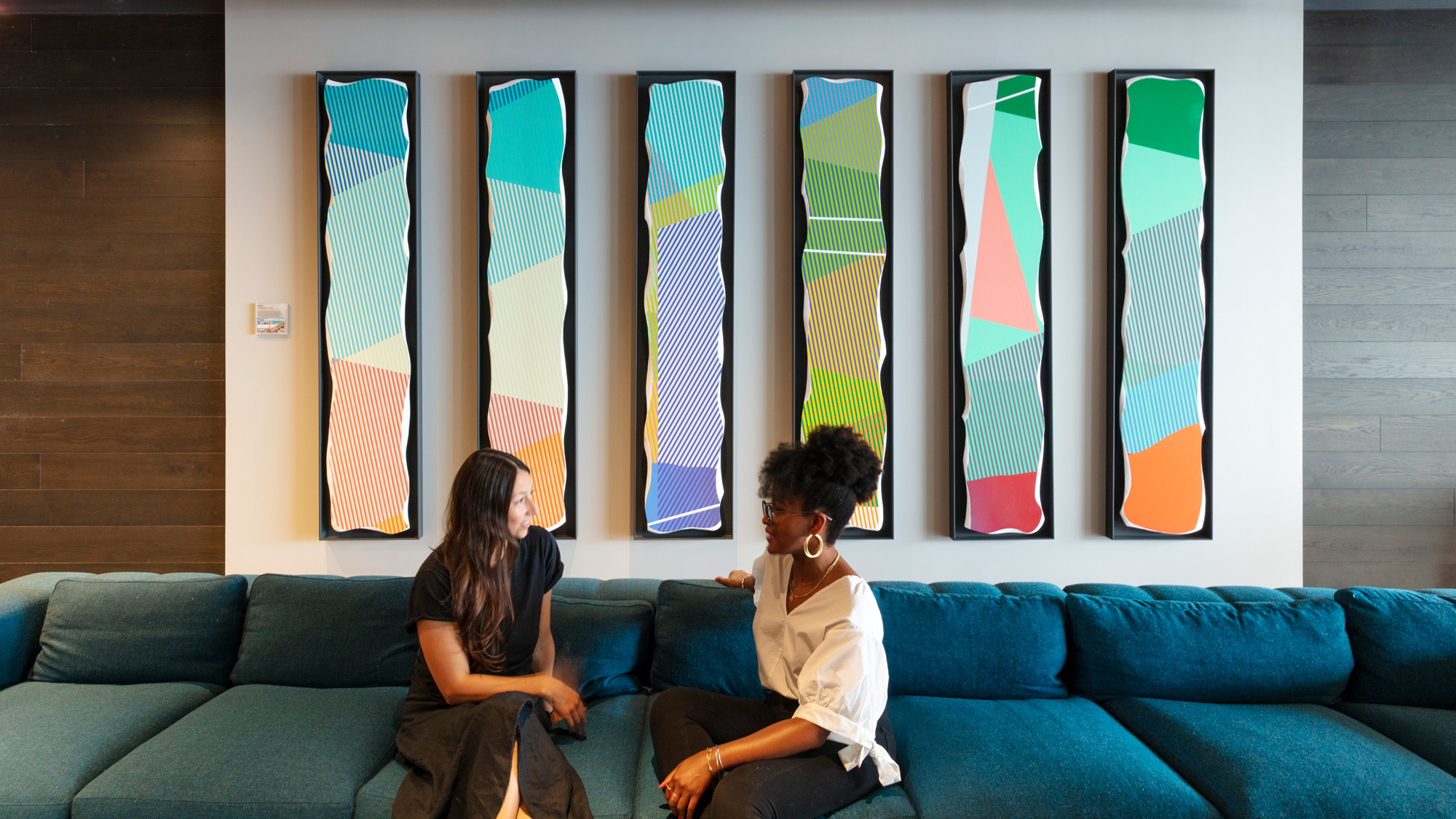
New Seats at the Design Table
Today’s pace of change in every arena — environmental, social, technological — is not likely to slacken. This makes bringing diverse expertise to bear on design decisions even more important. If you build it, they will come has always been risky advice. If they want it, you should build it is closer to what the world needs now — especially when the most sustainable building is the one designed to reduce construction and operational impact that then gets used to its fullest potential, for as long as possible. The imaginative empathy of Experience Strategy is critical to making all of this happen.
For media inquiries, email .

